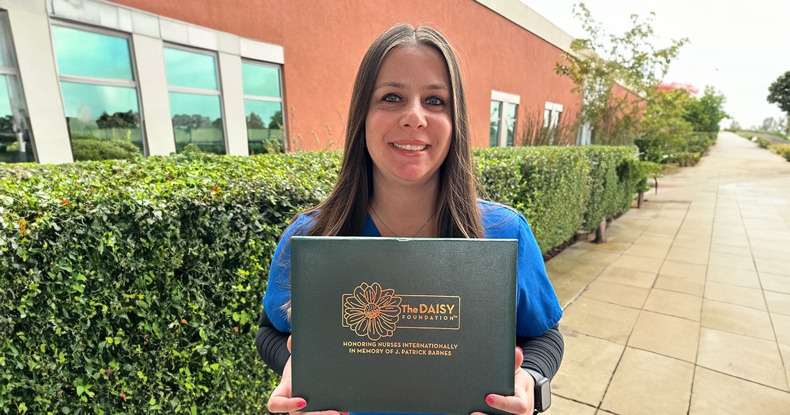Understanding Air Quality
- Category: LVMC Updates
- Posted On:
- Written By: Nora Wallace

With more than a dozen fires raging across California this week, and high temperatures expected for a few more days, it’s important to protect yourself from poor air quality.
The Santa Barbra County Air Pollution Control District has issued various air quality alerts, including a rating of “Unhealthy for sensitive groups” for the Lompoc Valley. The best general advice from air quality experts is this: If you see or smell smoke, stay inside, stay cool, and keep your indoor air as clean as possible.
Most importantly, if you think you are experiencing health-related symptoms associated with exposure to the smoke, call your health care provider. This could include repeated coughing, shortness of breath, or difficulty breathing, as well as wheezing, chest tightness or pain, nausea, or lightheadedness.
You may see a lot this week about Air Quality Index ratings. These are important guidelines to help people understand when it may be best to stay indoors. The “AQI” is divided into six categories, each one corresponding to a different level of health concern. Each category is defined by a number and a specific color, which helps people get a quick visual on air quality and when it may be approaching unhealthy levels.
So, what does each level mean, and why should it matter to you?
- Green (Good) The AQL of 0-50 means there is little, or no, health risk associated with the quality of air where you live.
- Yellow (Moderate) The AQI of 51-100 means the air quality is acceptable, but people who are sensitive to pollution, or those with breathing issues such as COPD or Asthma, may experience some adverse effects, depending on the type of contaminants that are in the air.
- Orange (Unhealthy for Sensitive Groups) The range of 101-150 means children are at risk, as are older adults and people with heart and/or lung disease. Most of the general population won’t experience health risks.
- Red (Unhealthy) The range of 151-200 for air quality is deemed unsafe and means anyone can experience negative health effects from the pollution in the air.
- Purple (Very Unhealthy) When air quality is between 201-300, it is a serious health risk for everyone. If air quality reaches this level, alerts may begin appearing on cell phones or weather apps.
- Maroon (Hazardous) If the air quality rating is 300 or higher, the air outside is considered to be hazardous. In this case, public safety officials would likely be sending out emergency alerts and/or evacuation warnings.
This week, the Santa Barbara County Public Health Department and the Santa Barbara County Air Pollution Control District have issued various air quality warnings, due to wildfires burning throughout the state. The fire in Monterey County has colored the skies of the Lompoc Valley and dropped ash. And, according to APCD, with elevated temperatures and stagnant air conditions, the county is experienced increased ozone levels.
“Levels of smoke and particles, and areas impacted, will vary and conditions could change quickly,” county officials noted. “Be aware of your local air quality conditions by visiting www.ourair.org/todays-air-quality or fire.airnow.gov. If you see or smell smoke in the air, be cautious, and use common sense to protect your and your family’s health. Everyone, especially people with heart or lung disease (including asthma), older adults, pregnant women, and children, should limit time spent outdoors and avoid outdoor exercise when high concentrations of smoke and particles are in the air.”
Most people are already wearing facial coverings due to COVID-19 pandemic. With the level of smoke in the air, it’s important to know cloth face coverings do not adequately protect you from inhaling wildfire smoke. N-95 masks provide “meaningful protection” against wildfire smoke. But, because of the pandemic, they are in short supply and should be reserved for frontline medical workers. Because of this shortage, county officials are encouraging people to stay indoors when wildfire smoke is present.
If you want to further protect yourself or your family, consider creating a “clean room” inside your home. Check out ourair.org for ideas and advice. In general, to create a safe indoor air space, consider buying a HEPA (High-Efficiency Particulate Air) purifier. These can reduce particulate matter indoors by about 90 percent. You should also check your windows and doors to make sure your room is tightly sealed so outdoor air isn’t permeating the indoors.
Here are a few more hints to help with the air quality, and your breathing, during times like these:
- Don’t smoke or burn firewood, candles or incense in your house
- Consider turning on your range hood while cooking, especially if you’re powered by gas
- Avoid strenuous outdoor activity
You can always check the region’s air quality at www.ourair.org/todays-air-quality/. The ratings are updated hourly.






